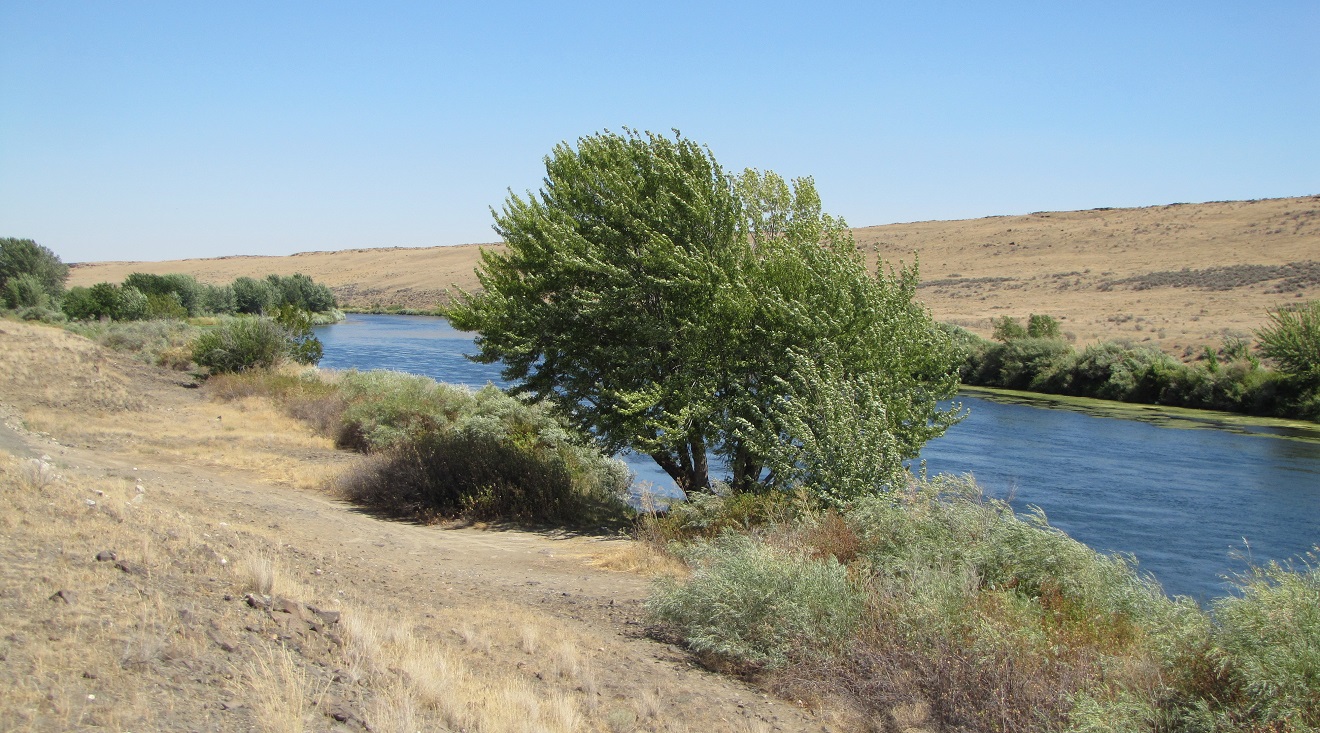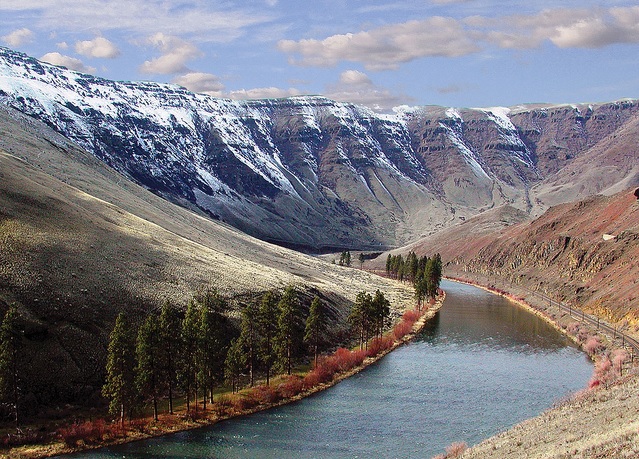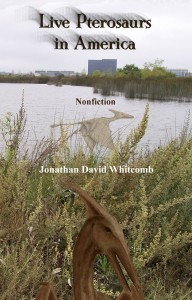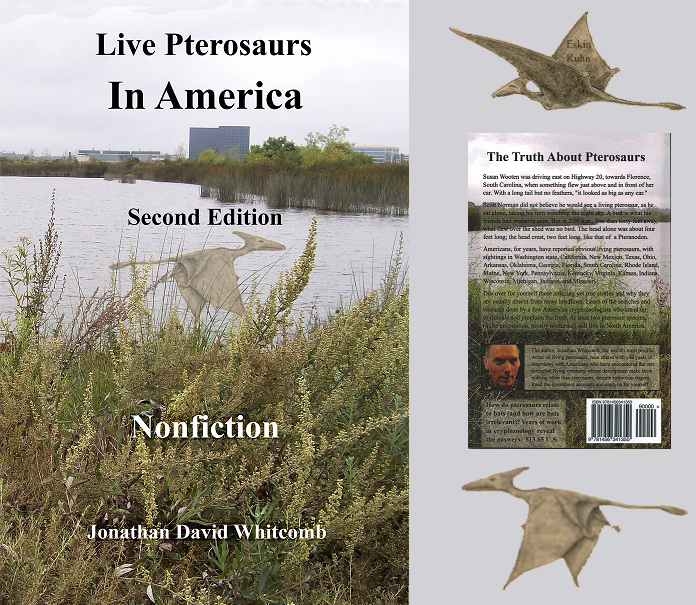On Wednesday, August 6, 2014, Peter Beach, Milt Marcy, and I drove together from Portland, Oregon, to the Yakima River in southeast Washington state. Before getting into interview details, I discourage anyone from searching for living pterosaurs in this area by the Yakima River. The flying creatures are nocturnal, not usually seen there in daylight, and Peter told me that men have been shooting off their guns at night along this part of the river. I myself saw spent shell casings on the ground while I was interviewing Peter and Milt. In addition, a local farmer is against any out-of-towners roaming around there and is not shy about phoning the local police to report strangers. In addition, this is on a busy country road on the way to a nuclear generating plant. The location details I reveal are for documentation and research, not for encouraging any expedition.
I emphasize that sightings of apparent living pterosaurs are throughout the states of Washington and Oregon, and it now appears that other areas will be better and safer for future expeditions in those two states. For research (not future expeditions) I reveal the approximate location of sightings by Peter Beach, Milt Marcy, and others: 46°, 20′, 56″ North; 119°, 27′, 59″ West. This is off U.S. Reservation Road (highway 225), near the Tri Cities Shooting Association target range.
I had no idea, when my wife and I went on a vacation to the Portland area, just before arranging for a one-day drive into Washington with Peter and Milt, that the daylight sighting of a pterosaur in a tree (on the Yakima River), years ago, related so closely to the night sighting of a flying light (on a later date) by Peter: Leaping lizards, it was the same tree!
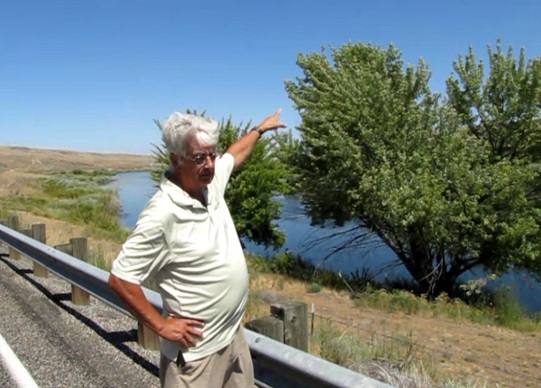
Professor Peter Beach tells Whitcomb how the bright light quickly flew up from the tree
From the book Live Pterosaurs in America (3rd edition), the words of Peter Beach:
We were unable to get a picture but we saw many . . . flashing lights. I would have assumed that [they] were fireflies but we [don’t] have them in Washington. One of the flashes took off from a big tree overhanging the river and made a kind of flashing coma turn. Many flashes were parallel to the river. . . . there were many fish . . . Prime hunting grounds for fish-eating birds. Only these things fish at night with bioluminescence. At first I thought I was just seeing shooting stars, but they were all parallel to the river and close to the horizon. Next I noticed that when the cloud cover came in, I could still see the flashes. They were under the cloud cover.
Car Crash From Pterosaur Sighting
Late one night in 2007, a young man in Wenatchee, Washington, drove his car into a light pole because he was distracted by a “pterodactyl.” That was about 83 miles from the reported sighting area on the Yakima River.
Two Pterosaurs in Southwest Washington
In the farmlands south of Chehalis, Washington, many years ago, a 15-year-old boy encountered two apparent pterosaurs. This is about 60 miles north of Portland, Oregon, and about 160 miles from the Yakima River location, as the ropen flies. From the third edition of Live Pterosaurs in America:
I saw two ropens together sitting on a fence. I was riding my bike home from a friend’s house around 5 pm in . . . I lived in the country with my parents on a . . . ranch. [About] 1/2 mile from home, riding down an old country road . . . I heard a strange noise [a kind of] screech. . . . on a wood plank fence were two of the biggest bird-like creatures I could ever imagine! I almost crashed my bike! They were about 50 ft from me; the first thing I noticed was their heads, then I thought this can’t be! Could they be dinosaurs?
We have seen and heard a strange nocturnal, bat-like creature . . . huge, light grey, skin with no fur, feathers or scales. It silently swoops down at you with giant bat wings. . . . We keep our chickens and goats, small dogs and cats safely housed at night, however . . .
.
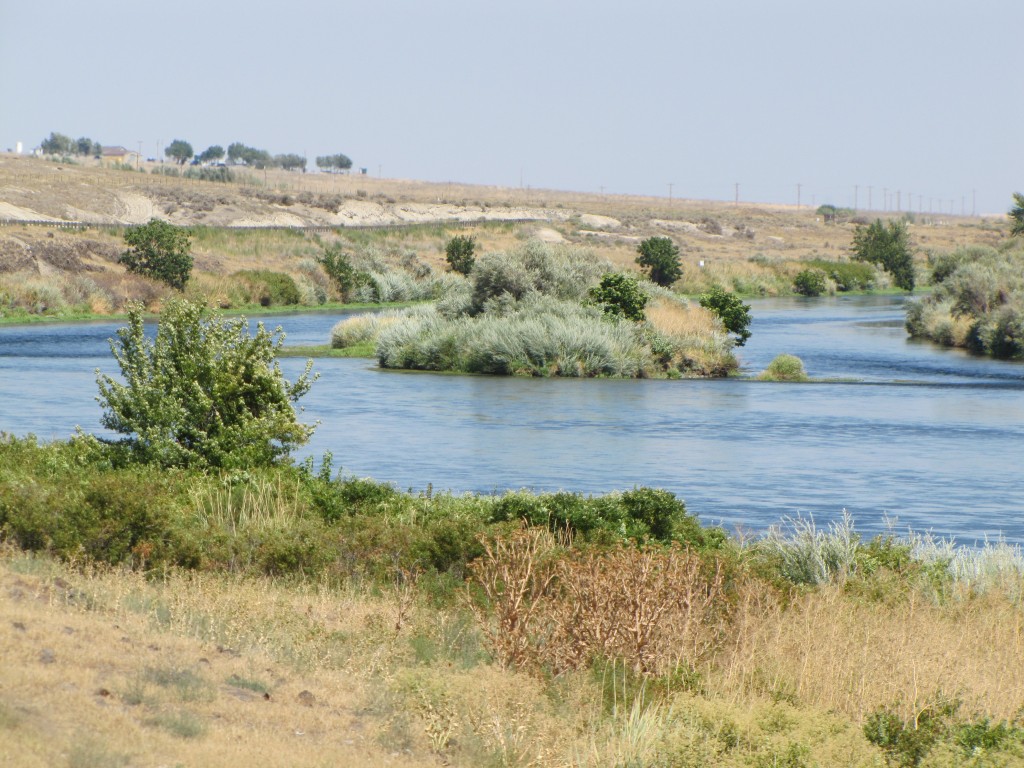
Yakima River, near sighting area in Washington (photo by Whitcomb, Aug 6, 2014)
.



